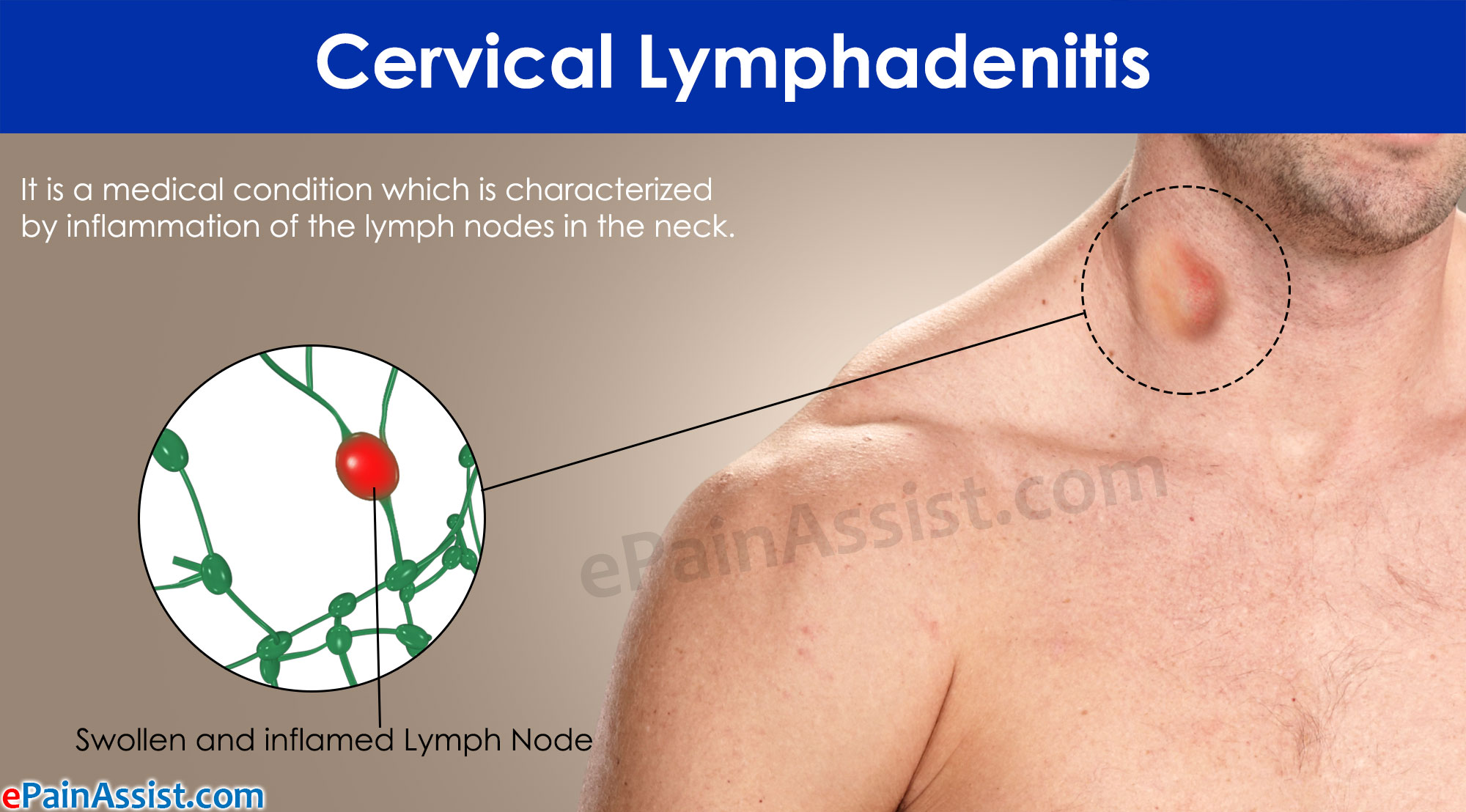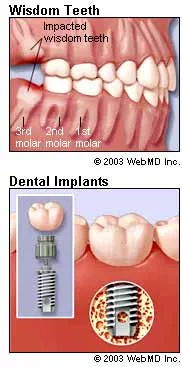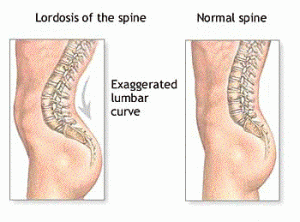What are the symptomsof uterine fibroids? Do they cause pain?
Most of the time, uterine fibroids do not cause symptoms or problems, and a woman with a fibroid is usually unaware of its presence.
However, abnormal uterine bleeding is the most common symptom of a fibroid. If the tumors are near the uterine lining, or interfere with the blood flow to the lining, they can cause heavy periods, painful periods, prolonged periods or spotting between menses. Women with excessive bleeding due to fibroids may develop iron deficiency anemia. Uterine fibroids that are degenerating can sometimes cause severe, localized pain.
Fibroids can also cause a number of symptoms depending on their size, location within the uterus, and how close they are to adjacent pelvic organs. Large fibroids can cause:
- pressure,
- pelvic pain, including pain during sex,
- pressure on the bladder with frequent or even obstructed urination, and
- pressure on the rectum with painful or difficult defecation.
While fibroids do not interfere with ovulation, some studies suggest that they may impair fertility and lead to poorer pregnancy outcomes. In particular, submucosal fibroids that deform the inner uterine cavity are most strongly associated with decreases in fertility. Occasionally, fibroids are the cause of recurrent miscarriages. If they are not removed in these cases, the woman may not be able to sustain a pregnancy.
What causes uterine fibroids to grow? How big can they get?
We do not know exactly why women develop these tumors. Genetic abnormalities, alterations in growth factor (proteins formed in the body that direct the rate and extent of cell proliferation) expression, abnormalities in the vascular (blood vessel) system, and tissue response to injury have all been suggested to play a role in the development of fibroids.
Family history is a key factor, since there is often a history of fibroids developing in women of the same family. Race also appears to play a role. Women of African descent are two to three times more likely to develop fibroids than women of other races. Women of African ancestry also develop fibroids at a younger age and may have symptoms from fibroids in their 20s, in contrast to Caucasian women with fibroids, in whom symptoms typically occur during the 30s and 40s. Early pregnancy decreases the likelihood that fibroids will develop. Fibroids have not been observed in girls who have not reached puberty, but adolescent girls may rarely develop fibroids. Other factors that researchers have associated with an increased risk of developing fibroids include having the first menstrual period (menarche) prior to age 10, consumption of alcohol (particularly beer), uterine infections, and elevated blood pressure (hypertension).
Estrogen tends to stimulate the growth of fibroids in many cases. During the first trimesterof pregnancy, about a third of fibroids will enlarge and then shrink after the birth. In general, fibroids tend to shrink after menopause, but postmenopausal hormone therapy may cause symptoms to persist.
Overall, these tumors are fairly common and occur in about 70% to 80% of all women by the time they reach age 50.
Uterine fibroids can be as small as a few millimeters (less than an inch) in diameter. They can also be very large (grapefruit-sized or larger).
Can uterine fibroids cause cancer?
For the most part, uterine fibroids that do not cause a problem for the woman can be left untreated. In some cases, even fibroids that are not causing symptoms require removal or at least close observation. Rapid growth is a reason to watch more carefully, since a rare cancerous form of fibroid (referred to as a leiomyosarcoma) can be a fast-growing tumor, and it cannot be differentiated from a benign fibroid by ultrasound, MRI , or other imaging studies. However, this type of tumor occurs in less than 1% of uterine fibroids. It is also important to note that these rare cancerous tumors are not thought to begin in a benign fibroid.
Another risk of leaving these tumors alone is that they sometimes grow to a size that eventually cause significant symptoms, thus requiring removal. If fibroids grow large enough, the surgery to remove them can become more difficult and risky.
What tests diagnose uterine fibroids?
Uterine fibroids are diagnosed by pelvic exam and even more commonly by ultrasound. Often, a pelvic mass cannot be determined to be a fibroid on pelvic exam alone, and ultrasound is very helpful in differentiating it from other conditions such as ovarian tumors. MRI and CT scans can also play a role in diagnosing fibroids, but ultrasound is the simplest, cheapest, and best technique for imaging the pelvis. Occasionally, when trying to determine if a fibroid is present in the uterine cavity (endometrial cavity), a hysterosonogram (HSG) is done. In this procedure, an ultrasound exam is done while contrast fluid is injected into the uterus through the cervix. The fluid within the endometrial cavity can help outline any masses that are inside, such as submucosal fibroids.
What is the treatment for uterine fibroids?
There are several options for the treatment of uterine fibroids that include surgery (hysterectomy, myomectomy, cryosurgery, MRI-guided high-intensity focused ultrasound (MRgFUS), and uterine artery embolization (UAE). Medical treatments include medications such as mifepristone (RU-486, danazol (Danocrine), raloxifene (Evista), GnRH analogs (Lupron and others), and low-dose formulations of oral contraceptives.
Surgery for fibroids
There are many ways of managing uterine fibroids. Surgical methods are the mainstay of treatment when treatment is necessary. Possible surgical interventions include hysterectomy, or removal of the uterus (and the fibroids with it). Myomectomy is the selective removal of just the fibroids within the uterus. Myomectomy can be done through a hysteroscope, laparoscope or with the standard open incision on the abdominal wall. Some treatments have involved boring holes into the fibroid with laser fibers, freezing probes (cryosurgery), and other destructive techniques that do not actually remove the tissue but try to destroy it in place. Surgery is necessary if there is suspicion of malignancy in any case of a leiomyoma or uterine mass.
Another technique for treating fibroids is known as uterine artery embolization (UAE). This technique uses small beads of a compound called polyvinyl alcohol, which are injected through a catheter into the arteries that feed the fibroid. These beads obstruct the blood supply to the fibroid and starve it of blood and oxygen. While this technique has not been in use long enough to evaluate long-term effects of UAE versus surgery, it is known that women undergoing UAE for fibroids have a shorter hospital stay than those having surgery but a greater risk of complications and readmissions to the hospital. Studies are underway to evaluate the long-term outcomes of UAE as opposed to surgical treatment. Uterine artery occlusion (UAO), which involves clamping the involved uterine arteries as opposed to injecting the polyvinyl alcohol beads, is currently under investigation as a potential alternative to UAE.
High-intensity focused ultrasound (HIFU) is a relatively new treatment for fibroids and other abnormalities. It is also known as MRgFUS (MRI-guided focused ultrasound) and FUS (focused ultrasound surgery). HIFU uses an ultrasound transducer with higher energy than those used for diagnostic examinations. The device focuses the sound waves, generating heat to destroy the fibroid. MRI imaging may be used for planning and monitoring of treatment.






 You get a cluster headache when a specific nerve pathway in the base of your brain is activated. That signal seems to come from a deeper part of the brain called the hypothalamus, where the “internal biological clock” that controls your sleep and wake cycles lives.
You get a cluster headache when a specific nerve pathway in the base of your brain is activated. That signal seems to come from a deeper part of the brain called the hypothalamus, where the “internal biological clock” that controls your sleep and wake cycles lives.
